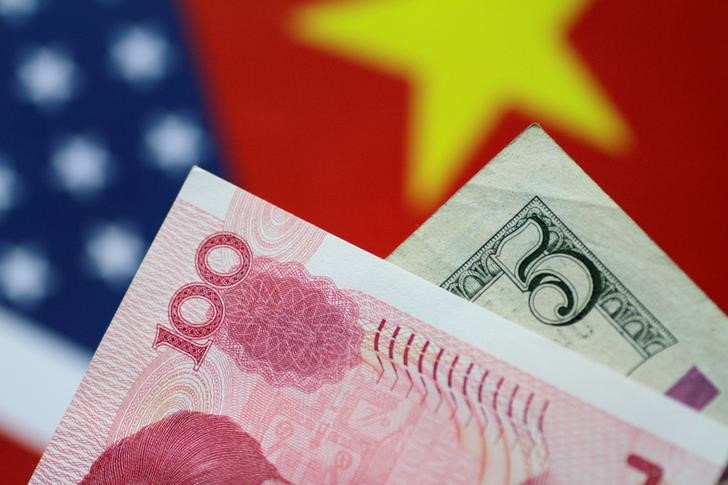Asian Currencies Weaken as China PMI Offsets Rate Optimism
Challenging Economic Conditions in China
Most Asian currencies experienced weakening on Friday, with the dollar maintaining its strength. This was due to mixed signals from China’s Purchasing Managers Index (PMI), which indicated ongoing economic challenges in the region.
Struggles in Asia’s Largest Economy
The PMI data from China revealed minimal improvement in business activity throughout February, suggesting a sluggish recovery in the country’s economy. This situation kept regional currency markets uncertain, despite some optimism surrounding easing U.S. inflation and interest rates.
Chinese Yuan’s Performance
The Chinese yuan dipped by 0.1% on Friday, staying close to recent three-month lows. Official PMI figures showed a fifth consecutive month of contraction in China’s manufacturing sector, offsetting any positive signs of growth in other areas.
Dollar’s Strength Amid PCE Data
While Asian currencies weakened, the dollar and euro held onto their gains after data indicated a decrease in inflation as expected in January. The Federal Reserve’s preferred inflation measure, the PCE index, cooled in January but remained above the central bank’s target.
Market Speculation and Currency Movements
Traders continued to speculate on potential rate cuts by the Fed, with the market indicating chances of both a hold and a 25 basis point cut. Most Asian currencies remained stable, with the yen retreating after early gains and the rupee showing growth following positive economic data.
Looking Ahead
Market focus shifted towards upcoming economic indicators, with the rupee showing resilience and the yen facing uncertainties. The region awaited further developments to determine the future direction of currency movements.



